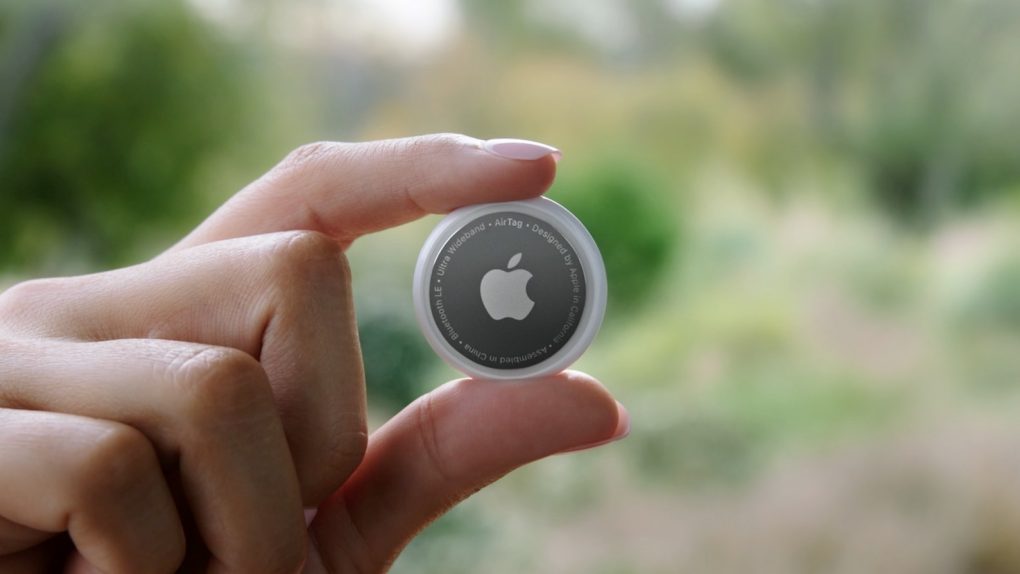Apple unveiled a brand new product on Tuesday during its “Spring Loaded” press event: AirTag trackers that leaked more than a year ago. The gadget is similar to what’s available from Tile and Chipolo, two companies that have their own smartphone-connected trackers. But the AirTag has two significant advantages over its rivals. It’s built with strong privacy protections in place to prevent data interception and abuse, and — most importantly — it relies on about a billion Apple devices, most of them iPhones, to locate objects anywhere on earth.
AirTags can be used with any object that you want to track, including keychains, bags, bikes, or anything that you’d want to find if it goes missing. But they’re not designed to track pets or children, Apple stresses.
Apple explained to Fast Company how it designed the AirTag to be private and stalker-proof.
AirTags work by sending out a Bluetooth ping to nearby Apple devices, like an iPhone passing by a lost set of keys with an AirTag attached. The data exchange is end-to-end encrypted, which allows that iPhone to inform the AirTag’s owner of the location of the keys. The owner won’t know who found the tracker, and neither will anyone else. That’s how AirTag works in the wild. The obvious problem here is that in the absence of an iPhone, the AirTag can’t transmit its location and the object remains lost.
If someone finds a lost object with an AirTag on it, say a bag, they could just ditch the tracker or take out the battery. Still, the AirTag owner would at least have the last known location on the map in Find My. Importantly, all AirTags are locked to the Apple ID that paired them, so a thief could not erase that connection and steal the tracker and the object.
Misplaced AirTags, like the ones a stalker might hide in the personal belongings of an unsuspecting victim, will make a sound after three days of being separated from their owner. This will inform the victim of the presence of an AirTag. If the victim uses an iPhone, it will detect the foreign tracker before that chime goes off, pointing the AirTag out to the owner. Regardless of the victim’s phone, they’ll be able to discover the tracker and disable it.
These are essential AirTag features to be aware of to better understand Apple’s stance on using AirTags with pets and kids. Apple’s VP of worldwide iPhone product marketing Kaiann Drance told Fast Company that Apple Watches would be better for keeping an eye on your kids than an AirTag tracker:
When I asked Drance about parents using AirTags to track their small children (such as during an outing at an amusement park) or pets (we know you’re up to something shady, Fluffy) she was quick to stress that the company designed the AirTag to track items, not people or pets. If parents would like to safely track their young children, she suggests an Apple Watch with Family Setup might be a better choice.
The Apple executive was more lenient about pets, but made it clear that the pets will have to be in range of a Find My device to show up on a map. “If people do that, they just have to make sure that their moving pet gets into range of a device in the Find My network,” Drance said.








